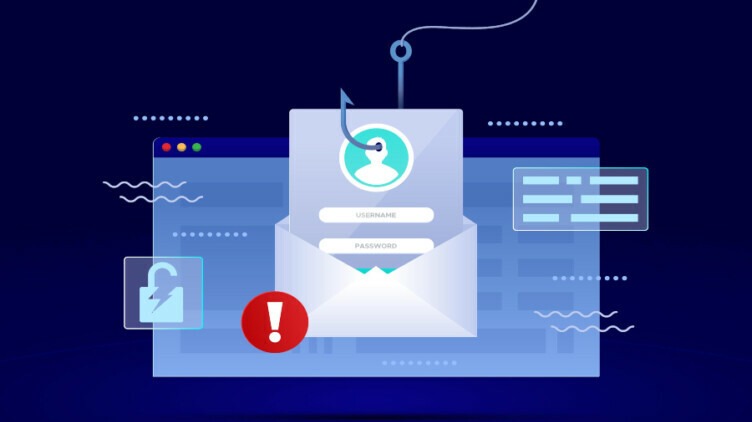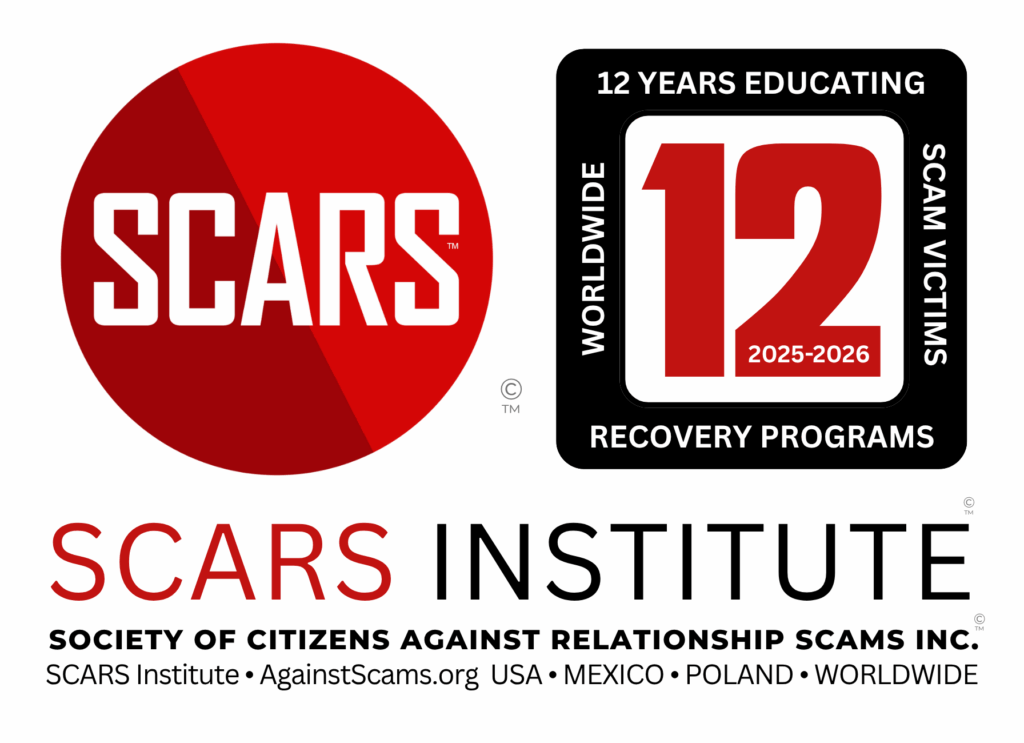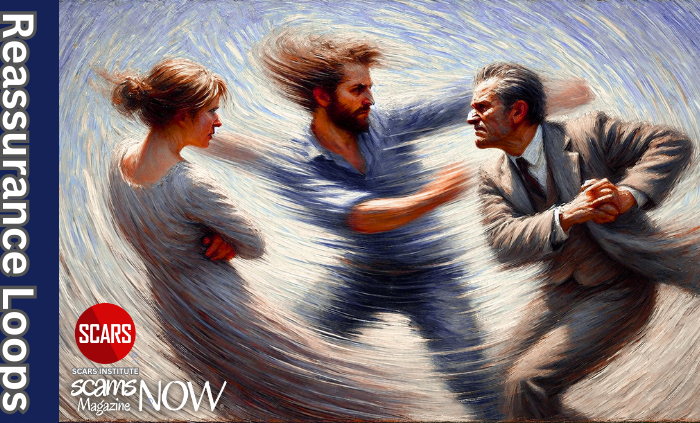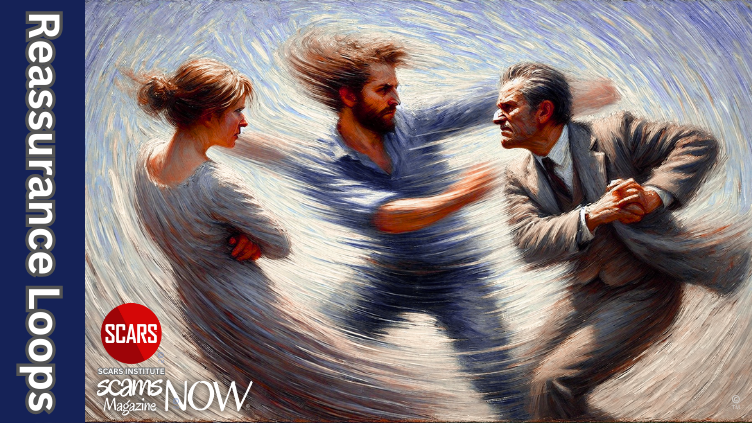Bank Customer Interventions
By Ken Palla, Retired Director, MUFG Union Bank – Courtesy of BioCatch
You Have a Customer Scam Alert, Now What?
Recently, many of the more technically advanced financial institutions have worked to develop anomaly detection capabilities to detect financial scams (authorized transactions initiated by the real customer). These scams are inherently difficult to detect as it is the real customer doing the transaction. Legacy controls, such as known IP address, device fingerprint, and mobile phone location, all indicate that the real customer is doing the transaction.
Some financial institutions, working with vendors, have developed effective solutions to detect these scam transactions. So, half the battle is won with scam transaction alerts that have a decent false positive ratio. Now the financial institution must decide what to do next to turn the alert into a confirmed scam case or get the customer on their own to stop the transaction. A payment not sent is a scam loss prevented.
Let’s look at the bank customer as part of the next step
Recently, I spent some time talking with Dr. Tim McGuinness, Director of Society of Citizens Against Relationship Scams, Inc. (SCARS), and Debby Montgomery Johnson, also a Director of SCARS and a former scam victim herself. Dr. McGuinness has spent time analyzing the emotional manipulation of scam victims covering the range of short-con scams, such as the Zelle bank impersonation and the grandparent scam, to the long-con scams of romance and investment scams. These are categorized as relationship scams. The key point is a “trust” relationship is created between the fraudster and victim (but more so in a romance scam or a bank impersonation scam than with a government imposter scam).
On the short-con scams, the fraudster induces fear (e.g. “Your granddaughter caused a car accident”) to get the victim to initiate a transaction. On the long-con, the fraudster works to develop emotional rapport that induces the person to change some of their key beliefs, such as meaning and purpose, identity and belonging, and emotional significance. In essence, the fraudster is controlling the victim. So, when the bank reaches out to the customer, the customer is in a difficult mental condition.
The Important Role of the Fraud Analyst in Combatting Scams
The fraud analyst has quite a challenge to overcome because banks have been telling customers to watch out for someone calling or texting them and claiming to be from the bank. Now, someone is calling or texting them claiming to be from the bank. So, what should the fraud analyst do to reach out to a customer to discuss an alert?
Dr. McGuinness and Johnson suggest the bank send an email message (and/or a text message) to the customer with suggested language such as: “There is a problem with your bank account. Please reach out to the bank by calling the phone number listed on the bank’s website or log in to your online account and read the secure message we sent you.” They also recommend that there should be no mention of anything about a possible scam in the email/text message. The online secure message should contain the fraud department’s phone number, and the fraud analyst would have added a comment to the customer’s account.
When the customer reaches the fraud analyst, Dr. McGuinness notes that how the fraud analyst talks to the customer is so critical. Think of this as an intervention with the customer, and if it is a real scam, to convince them not to do the transaction. So instead of coming right out and saying, “We think you are possibly being scammed,” Dr. McGuinness suggests taking a softer approach by using language such as, “We noticed you are doing things differently” or “We have some concerns about recent activity in your account.”
Don’t be too fast to confront the customer. You could turn them off, and they shut you down. The whole goal is to be non-judgmental, get them to provide information about the transaction, and help them see these transactions are a problem. Ask the customer to explain the transaction and explain who is receiving the transaction (the actual mechanics of the transaction). If the customer starts to talk about a romance relationship, ask if they have a photo of their boyfriend/girlfriend they can send. Explain your concern and do a reverse image scan to see how often this image is on the internet. This could help convince them of a romance scam. (While this might sound aggressive, some top global banks are already doing this. Santander has created a Break the Spell team to deal specifically with the issue of romance scams).
According to Dr. McGuinness and Johnson, it would be helpful if the fraud analyst can convince the customer to come into the local branch. If they are willing to do this, the Branch Manager can meet with the customer, and the fraud analyst could join on a video Zoom call. Dr. McGuinness said the fraud analyst would be a ‘second voice of authority’ and could be quite effective. Also, if the customer sent a photo of their boyfriend/girlfriend, the fraud analyst could show the results of the reverse image search on the screen. Potentially very convincing.
Drawing on her experiences as a scam victim, Johnson stated that if she had been asked to come into the branch, she probably would have come in.
Dr. McGuinness and Johnson both agree this approach only works if fraud analysts are properly trained to, in effect, do an intervention with the customer/possible victim. This requires three key skills:
- How to interview
- How to interrogate (in a positive way)
- How to detect deception
The Last Resort to Break a Scammer’s Influence
Dr. McGuiness offered another suggestion to help break the scammer’s influence. Explain to the customer that if this is fraud, it could mean a violation of federal law involving financing terrorism, funding a criminal organization, and other Anti-Money Laundering offenses. Then ask the customer to sign a document certifying they are not violating these possible criminal offenses.
Johnson, who formerly served in the U.S. military, said she would have most definitely paused before signing such a document because she would not want to knowingly finance terrorism or other crimes. In asking Johnson if it was essential to have the customer sign such a form, she responded, “Definitely yes!”
This approach could be viewed as strong action, but the reality is financial institutions need to come up with some way to help the victim realize they are being scammed BEFORE they are forced to release the payment/funds.
Dr. McGuinness also suggested a financial institution could put a hold on the transaction, perhaps overnight, and subject to banking regulations on holds for suspected fraud or AML. Such a delay could also give the customer time to rethink what the bank is saying. This approach will work better on a short-con.
In closing, Johnson stated, “Always treat the customer with respect and show concern for them.”
The SCARS Mission
The SCARS organization serves two primary goals:
- Save lives (as some scam victims will commit suicide). In the UK, Action Fraud reports receiving over 300 calls a year from victims at risk of suicide.
- Prevent the scam victim from becoming a victim more than once. Dr. McGuinness notes the average victim will be scammed 4 1/2 times.
These two goals help create a vivid picture of what scam victims go through and why it is important for financial institutions to effectively train their staff on how to work with potential victims and help stop the payment transactions before the damage is done to the customer.
Stay tuned for the second part of this blog series which will focus on what some banks do after they get alerted to a potential scam and suggestions from Dr. McGuinness on customer education.
SCARS Resources:
- Sign up for SCARS professional support & recovery groups, visit support.AgainstScams.org
- Find competent trauma counselors or therapists, visit counseling.AgainstScams.org
- Become a SCARS Member and get free counseling benefits, visit membership.AgainstScams.org
- Report each and every crime, learn how to at reporting.AgainstScams.org
- Learn more about Scams & Scammers at RomanceScamsNOW.com and ScamsNOW.com
- Self-Help Books for Scam Victims are at shop.AgainsstScams.org
- Donate to SCARS and help us help others at donate.AgainstScams.org
More:
More ScamsNOW.com Articles
-/ 30 /-
What do you think about this?
Please share your thoughts in a comment below!
SCARS LINKS: AgainstScams.org RomanceScamsNOW.com ContraEstafas.org ScammerPhotos.com Anyscam.com ScamsNOW.com
reporting.AgainstScams.org support.AgainstScams.org membership.AgainstScams.org donate.AgainstScams.org shop.AgainstScams.org
youtube.AgainstScams.org linkedin.AgainstScams.org facebook.AgainstScams.org
Important Information for New Scam Victims
- Please visit www.ScamVictimsSupport.org – a SCARS Website for New Scam Victims & Sextortion Victims.
- SCARS Institute now offers its free, safe, and private Scam Survivor’s Support Community at www.SCARScommunity.org – this is not on a social media platform, it is our own safe & secure platform created by the SCARS Institute especially for scam victims & survivors.
- SCARS Institute now offers a free recovery learning program at www.SCARSeducation.org.
- Please visit www.ScamPsychology.org – to more fully understand the psychological concepts involved in scams and scam victim recovery.
If you are looking for local trauma counselors, please visit counseling.AgainstScams.org
If you need to speak with someone now, you can dial 988 or find phone numbers for crisis hotlines all around the world here: www.opencounseling.com/suicide-hotlines
Statement About Victim Blaming
Some of our articles discuss various aspects of victims. This is both about better understanding victims (the science of victimology) and their behaviors and psychology. This helps us to educate victims/survivors about why these crimes happened and not to blame themselves, better develop recovery programs, and help victims avoid scams in the future. At times, this may sound like blaming the victim, but it does not blame scam victims; we are simply explaining the hows and whys of the experience victims have.
These articles, about the Psychology of Scams or Victim Psychology – meaning that all humans have psychological or cognitive characteristics in common that can either be exploited or work against us – help us all to understand the unique challenges victims face before, during, and after scams, fraud, or cybercrimes. These sometimes talk about some of the vulnerabilities the scammers exploit. Victims rarely have control of them or are even aware of them, until something like a scam happens, and then they can learn how their mind works and how to overcome these mechanisms.
Articles like these help victims and others understand these processes and how to help prevent them from being exploited again or to help them recover more easily by understanding their post-scam behaviors. Learn more about the Psychology of Scams at www.ScamPsychology.org
SCARS INSTITUTE RESOURCES:
If You Have Been Victimized By A Scam Or Cybercrime
♦ If you are a victim of scams, go to www.ScamVictimsSupport.org for real knowledge and help
♦ SCARS Institute now offers its free, safe, and private Scam Survivor’s Support Community at www.SCARScommunity.org/register – this is not on a social media platform, it is our own safe & secure platform created by the SCARS Institute especially for scam victims & survivors.
♦ Enroll in SCARS Scam Survivor’s School now at www.SCARSeducation.org
♦ To report criminals, visit https://reporting.AgainstScams.org – we will NEVER give your data to money recovery companies like some do!
♦ Follow us and find our podcasts, webinars, and helpful videos on YouTube: https://www.youtube.com/@RomancescamsNowcom
♦ Learn about the Psychology of Scams at www.ScamPsychology.org
♦ Dig deeper into the reality of scams, fraud, and cybercrime at www.ScamsNOW.com and www.RomanceScamsNOW.com
♦ Scam Survivor’s Stories: www.ScamSurvivorStories.org
♦ For Scam Victim Advocates visit www.ScamVictimsAdvocates.org
♦ See more scammer photos on www.ScammerPhotos.com
You can also find the SCARS Institute’s knowledge and information on Facebook, Instagram, X, LinkedIn, and TruthSocial
Psychology Disclaimer:
All articles about psychology and the human brain on this website are for information & education only
The information provided in this and other SCARS articles are intended for educational and self-help purposes only and should not be construed as a substitute for professional therapy or counseling.
Note about Mindfulness: Mindfulness practices have the potential to create psychological distress for some individuals. Please consult a mental health professional or experienced meditation instructor for guidance should you encounter difficulties.
While any self-help techniques outlined herein may be beneficial for scam victims seeking to recover from their experience and move towards recovery, it is important to consult with a qualified mental health professional before initiating any course of action. Each individual’s experience and needs are unique, and what works for one person may not be suitable for another.
Additionally, any approach may not be appropriate for individuals with certain pre-existing mental health conditions or trauma histories. It is advisable to seek guidance from a licensed therapist or counselor who can provide personalized support, guidance, and treatment tailored to your specific needs.
If you are experiencing significant distress or emotional difficulties related to a scam or other traumatic event, please consult your doctor or mental health provider for appropriate care and support.
Also read our SCARS Institute Statement about Professional Care for Scam Victims – click here
If you are in crisis, feeling desperate, or in despair, please call 988 or your local crisis hotline – international numbers here.
More ScamsNOW.com Articles
A Question of Trust
At the SCARS Institute, we invite you to do your own research on the topics we speak about and publish. Our team investigates the subject being discussed, especially when it comes to understanding the scam victims-survivors’ experience. You can do Google searches, but in many cases, you will have to wade through scientific papers and studies. However, remember that biases and perspectives matter and influence the outcome. Regardless, we encourage you to explore these topics as thoroughly as you can for your own awareness.
























![NavyLogo@4x-81[1] Bank Customer Interventions](https://scamsnow.com/wp-content/uploads/2025/04/NavyLogo@4x-811.png)
![scars-institute[1] Bank Customer Interventions](https://scamsnow.com/wp-content/uploads/2025/04/scars-institute1.png)

![niprc1.png1_-150×1501-1[1] Bank Customer Interventions](https://scamsnow.com/wp-content/uploads/2025/04/niprc1.png1_-150x1501-11.webp)
